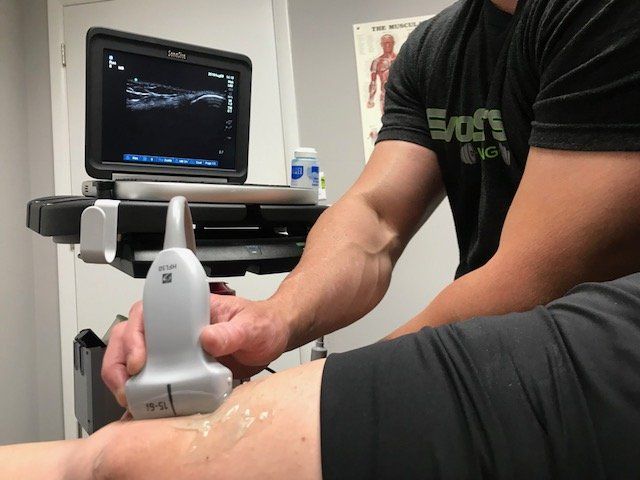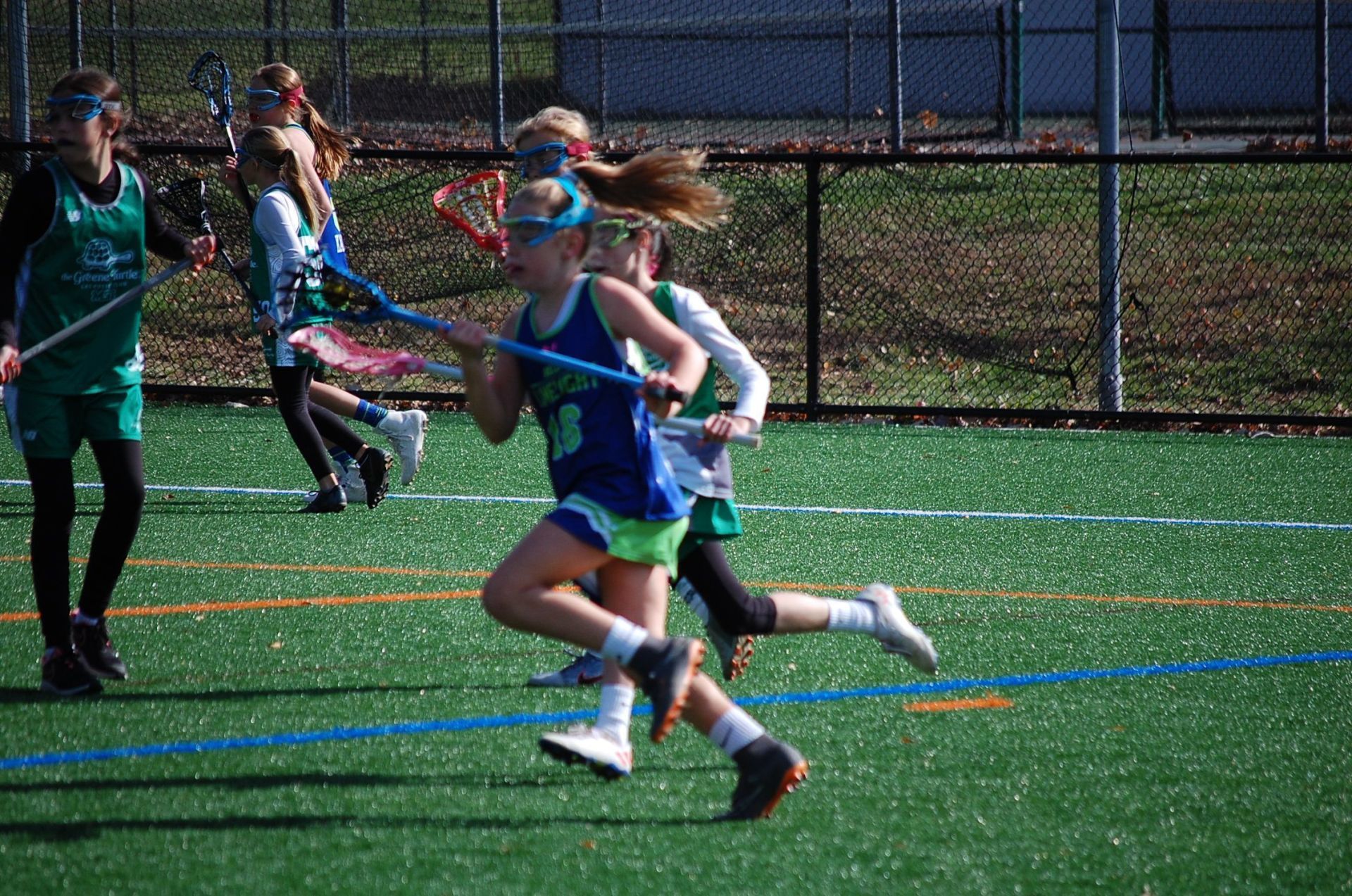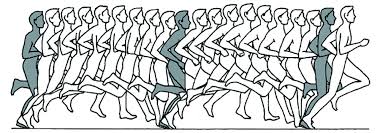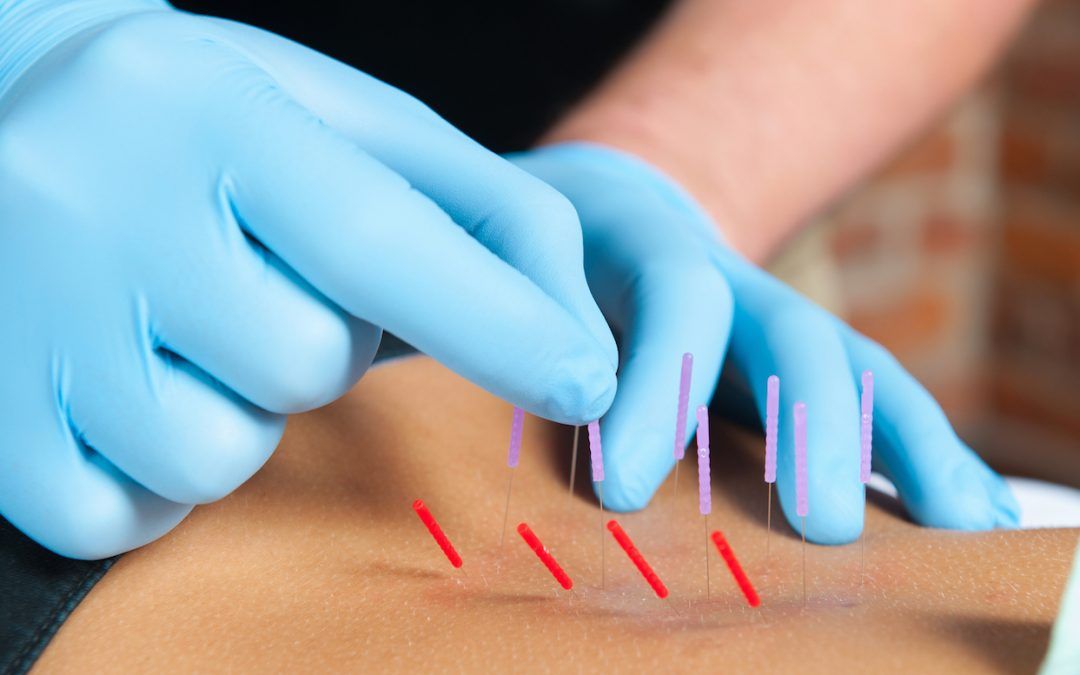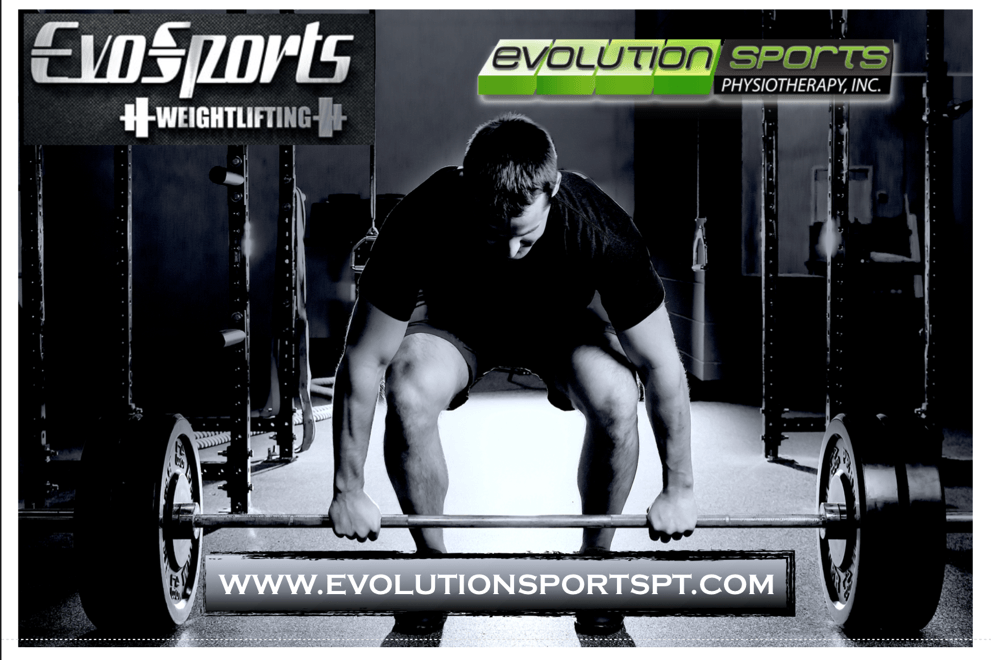Degenerative Disc Disease
What's happening and how physical therapy can help
First of all, what is a disc? What does it do? Why is it so important? Intervertebral disks are the shock absorbers of your spine, similar to the function of the meniscus in the knee or the labrum in the hip. These discs can be found in between each vertebral body from C2 all the way to S1. The discs themselves are made up of an outer layer called the annulus fibrosus and an inner layer called the nucleus pulposus. The annulus fibrosis is a tough tissue made up of many layers of collagen, which is also found in your skin, teeth, and scars [1]. The annulus fibrosus surrounds the nucleus pulposus which is a made up of a gel like semifluid also made up of a more elastic type collagen, which aids in shock absorption and distribution of forces placed upon the spine. You can think of these discs as a jelly doughnut, the annulus being the dough and the nucleus being the jelly. These discs are important because they allow you to place stress on your spine without causing abnormal load on the spinal column or the nerves that exit the column [1]. Each vertebral body that is associated with a disc has an endplate; these endplates provide protection of the inner layer of the disc as well as nutrition and blood flow to the discs, which allow the discs to heal if injured [1].
As we age, many changes occur throughout the body, and the spinal column and discs are no exception. When we are born, the annulus fibrosus is highly vascularized through the vertebral endplate, as we begin to walk the vasculature begins to retreat, and by age 5, only the peripheral aspect of the annulus fibrosus is vascularized [2]. This vascular retreat causes cellular changes within the disc that decreases its ability to heal. Once the body has reached full maturity, the gel-like nucleus pulposus becomes less hydrated, due to loss of water attracting cells, creating a pressure change that causes the disc to begin to bulge slightly. By age 40, the disc has gone through a dramatic change ultimately leading to a more fibrous nucleus, and a more elastic annulus, shown in Figure 1 [3]. These changes decrease the discs’ ability to heal as well as weakening the structural stability to withstand forces. This leaves the disc vulnerable to herniation, which is where the nucleus begins to push through the weakened annulus, potentially compressing the nerves that exit the spine [2].
Although this seems like an inevitable recipe for disaster, research shows that the changes in the discs do not mean that there will be a definite herniation, however, there is an increased risk due to the compromised structural stability. This does not mean that as we age we should stop being active, this just means we should be smarter in the activities we choose. Activities that involve modest loading on the spine such as walking or activities that create gradual loading on the spine have actually been found to be beneficial in slowing the degradation process [2]. On the other hand, those who have unfortunately acquired a disc herniation, there are things physical therapy can do in order to help reverse the process and promote healing. Intervertebral disc healing follows a very similar path that tendons and ligaments do. Using the same treatment concepts, physical therapy can be utilized in all phases of the injury process. In the initial phase, also known as the inflammatory phase (0-3 days), it has been found that avoiding painful motions (forward bending) can facilitate healing of the weakened outer layer of the disc. Specifically early in the morning, forward bending of the spine can cause undo stress upon the healing outer layer of the disc, so avoiding this motion can help decrease recurrent bouts of back pain [2]. During the second phase of healing (the reparative phase 1- 6weeks), your physical therapist can initiate controlled mobilization of the segment that can facilitate healing in the vertebral endplates, as well as promote movement, and decrease pain caused by muscle spasms without disrupting the healing process of the disc [2]. Finally, during the third phase (remodeling phase: 6-8 weeks) your therapist can continue mobilizations to decrease pain and provide exercises that can create an adequate amount of stress to promote continued healing of the disc. Once your therapist has determined that healing has been completed they can provide education on motions to avoid, activities that are safe and will decrease your risk for re-injury, as well as improve health and fitness. Although this may not be the quick fix, physical therapy can provide a longer lasting solution and leave you with a greater understanding of your body and how to safely improve your quality of life.
If you have been struggling with low back and are wondering what the Physical Therapistsat Evolution Sportscan do for you, Please give us a call at 410-628-0520.
References:
1. Dutton M. Orthopaedic Assessment, Evaluation, and Intervention . New York: McGraw-Hill Medical; 2008.
2. Adams MA, Stefanakis M, Dolan P. Healing of a painful intervertebral disc should not be confused with reversing disc degeneration: Implications for physical therapies for discogenic back pain. Clinical Biomechanics . 2010;25(10):961-971. doi:10.1016/j.clinbiomech.2010.07.016.

